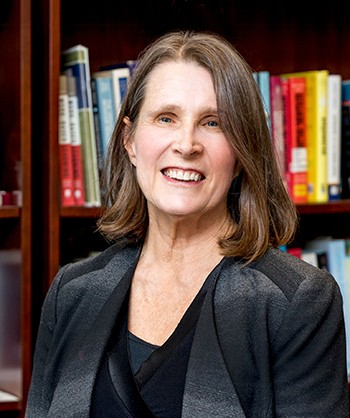
Marcie Pitt-Catsouphes, PhD
Since 2005, when the oldest Baby Boomers turned 60, business leaders have been having interesting conversations about how to leverage the talent of today’s multigenerational workforce. In the course of these conversations, many business leaders say they want their organizations to become more “age-friendly.” However, when they attempt to describe how their newly age-friendly organizations will look, the picture is often fuzzy.
Let’s ring in the new year with some clarity about what it means for a company to be age-friendly and how best to get there. A good place to start is with the following three strategies:
- Age-specific. The needs and priorities of employees vary with age, generation, life stage, and career stage. Companies can develop resources or programs to suit. For example, employees who are middle-aged and older may be caring for family members who have Alzheimer’s disease. Organizing brown-bag lunches where these employees can share information and support one another could be an appropriate corporate service.
- Age-neutral. A number of employee supports are appropriate across age groups. For instance, employees of virtually all ages and career stages want access to flexible work options. Their reasons may vary with age, however (just as people have a variety of reasons for needing sidewalk ramps).
- Valuing age diversity. Recognizing that work groups are likely to include people of various ages, employers may take steps to ensure that age diversity within the work culture is viewed as an asset. Posting features about employees of different ages on an internal company Web site can break down stereotypes and promote constructive business interactions.
It’s up to employers to decide which strategies fit their organizations best. Employers should then design programs and policies to affirm (or make more visible) their commitment to an age-friendly workplace. One example is a bidirectional mentoring program, in which junior and senior employees are equally likely to serve as mentors. Another example is a creative approach to phased retirement.
Now that we have sketched a roadmap to an age-friendly workplace, we can envision the destination. What do we want to see if our workplaces become age-friendly? What will such workplaces look like?
The Sloan Center on Aging & Work at Boston College promotes the quality of employment for people of all ages, across their careers. We also pay attention to the interaction between people’s experience of work and the quality of their lives at home. Thus we want to help employers create and sustain workplaces that offer:
- fair compensation and benefits (to employees of all ages and specifically for employees at different ages)
- meaningful work assignments (to employees of all ages and all career stages)
- constructive relationships (with people of all ages)
- choices that create flexibility in the time and place of work (for employees of all ages and at all life stages)
- a welcoming and inclusive workplace culture (for employees of all ages and all generations)
- appropriate opportunities for learning and career development (to employees at all career stages)
- support for health and wellness (for employees of all ages)
- resources that enhance engagement in work (for employees at all ages and career stages)
Does this picture match the destination you have in mind for your organization?
Author
Marcie Pitt-Catsouphes, PhD
Director
Sloan Center on Aging & Work, Boston College
Phone: 617.552.4033
Email: pittcats@bc.edu

